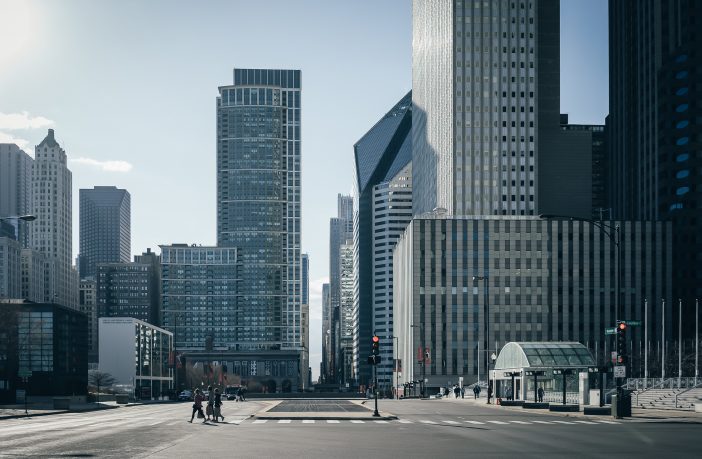- Cities in emerging markets alone have the potential to attract more than $29.4 trillion in climate-related investments.
- Investment opportunities identified in high performance buildings, public transportation, electric vehicles, waste, water, and renewable energy.
- Green bonds and public-private partnerships highlight innovative funding models to attract private capital and build urban resilience.
in six key sectors by 2030, according to a new report by the International Finance Corporation (IFC).The report analyses cities’ climate-related targets and action plans in the six regions, identifying opportunities in priority sectors such as green buildings, public transportation, electric vehicles, waste, water, and renewable energy.
It highlights innovative approaches that cities are already using—such as green bonds and public-private partnerships—to attract private capital and build urban resilience. With more than half of the world’s population currently living in urban areas, cities consume over two-thirds of the world’s energy and account for more than 70% of global carbon dioxide emissions.
How cities address climate change will be critical to efforts to limit global warming to 1.5 degrees Celsius, according to the Intergovernmental Panel on Climate Change.
“There is a great urgency to address climate change – we must take meaningful action now,” said IFC CEO Philippe Le Houérou. “Cities are the next frontier for climate investments, with trillions of dollars in untapped opportunities. To deliver on the promise of climate-smart cities, the public sector needs to enact reforms that are aimed at attracting more private sector financing.”
The report includes detailed assessments of the climate-investment opportunities in six representative cities spanning a variety of geographies, sizes, and climate concerns:
- Jakarta — Indonesia’s capital represents close to $30 billion investment opportunity, particularly in green buildings, electric vehicles, and renewable energy.
- Nairobi — the Kenyan capital represents an $8.5 billion investment opportunity, particularly for electric vehicles, public transport, and green buildings.
- Mexico City — Mexico’s capital represents a $37.5 billion investment opportunity, particularly in green buildings, electric vehicles, and urban water.
- Amman—Jordan’s capital represents a $12 billion investment opportunity, particularly in public transport, green buildings, and electric vehicles.
- Rajkot— This Indian city is the 22ndfastest-growing city in the world and represents an investment opportunity of $4 billion, particularly in electric vehicles, public transport, and green buildings.
- Belgrade— Serbia’s capital represents a $5.5 billion opportunity, particularly in green buildings, public transport, and urban water.
Climate investment opportunities
Globally, green buildings will account for $24.7 trillion of cities’ climate investment opportunities. Significant investment potential exists in low-carbon transportation solutions such as energy-efficient public transport ($1 trillion) and electric vehicles ($1.6 trillion).
At the same time, clean energy ($842 billion), water ($1 trillion) and waste ($200 billion) remain essential components of sustainable urban development. “With the expected dramatic increase in urban population centres in Asia, there’s even more of an opportunity for a low-carbon transition in cities, which already account for much of the GDP in this region,” said IFC regional director for East Asia and the Pacific, Vivek Pathak.
“In Jakarta, there’s about $30 billion investment opportunity, particularly in green buildings, electric vehicles and renewable energy. The report shows megacities in Asia also have significant potential for investments that yield emission reductions,” Pathak added.
Azam Khan, country manager for Indonesia, Malaysia and Timor Leste, said: “IFC offers investment, advisory, and asset management services to encourage private-sector involvement which will be much needed to take advantage of the climate investment opportunities in Jakarta and other major cities in Indonesia.”
In Jakarta, the report estimates the investment potential in green buildings is $16 billion; in waste $725 million; public transport $660 million; renewable energy $3 billion; urban water $3 billion and electric vehicles $7 billion.
Due to its plans, policies and projects, the Asia Pacific region is said to hold the highest climate smart investment potential of any region in the world, with by far the biggest opportunity in green buildings, estimated at a $17.8 trillion opportunity by 2030.
Author: GBA News Desk/ESI Guest Contributor
This article was originally published on ESI Africa and is republished with permission with minor editorial changes.















